The culture method of the beautiful succulent plant red juvenile lotus!
Red lotus is a succulent plant belonging to the genus Pseudostachys of Crassulaceae. Hybrid. Likes warm, dry, ventilated, sunny environment, drought tolerance, not tolerant of shade or high temperature and humidity, no obvious dormancy period. It can be propagated by cutting leaves or branches. Perennial plants may form grouped shrubs. The rosette can be up to 9 cm in diameter. Stems erect. Leaves loosely arranged; broadly ovate to scattered triangular-ovate; generally grayish green, margin and apex reddish in strong sunlight and large temperature differences; up to 4 cm long and 1.5 cm wide. Inflorescences ca. 26 cm long.
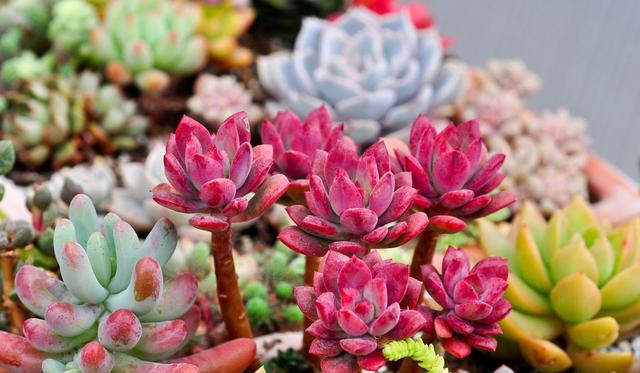
Red young lotus likes warm, dry and ventilated environment, likes light, drought resistance, cold resistance, shade resistance, sun exposure, no obvious dormancy period, suitable for loose, breathable and water-retaining soil, and can be configured with peat soil and granular soil in a ratio of 1:1. Red young lotus leaves are green to yellow-red all the year round. The leaf margin will be red or dark red in large temperature difference between day and night or low temperature in winter. In weak light state, the leaf color will be light green, the leaves will also elongate, and the red edge of the leaf margin will also decrease. The propagation of young red lotus is generally decapitated, young cub cuttings and leaf cuttings. The cut plants can be directly cut in dry granular soil, and a small amount of water can be supplied after rooting. It is a very good variety to cultivate. The leaf insertion method is to take complete and full leaves, put them in the shade to dry the wound, and then place them on slightly wet soil. It will slowly grow roots and germinate. The process is a bit long. After beheading, the plant can grow a number of lateral buds from around the growth point, and the lateral buds can be cut off after growing up.
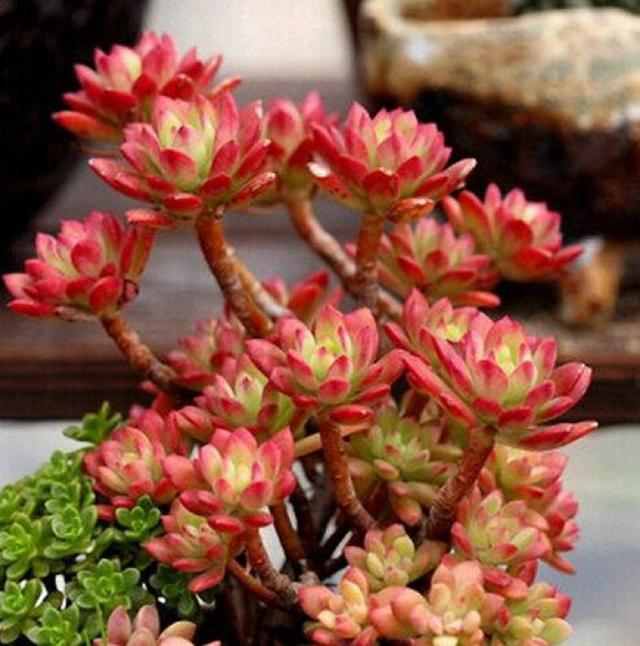
The suitable temperature for growth is 15-25 degrees Celsius, and the winter temperature is not lower than 5 degrees Celsius. The soil is generally mixed with peat, vermiculite and pearlite, and appropriate amount of bone powder is added. Organic soil can also be used.(peat/coconut/rotten leaf soil)2 parts, garden soil 1 part (or earthworm feces), cinder 1 part mixed preparation, if the cinder has not been treated with alkali in the past, it is not harmful, only need to mix these soil evenly, water thoroughly stand until the soil is dry and then plant; watering thoroughly in the growth period, watering around the plant when the air is dry; fertilization in the growth period is generally once every 20 days; propagation methods mainly include cutting and sowing.
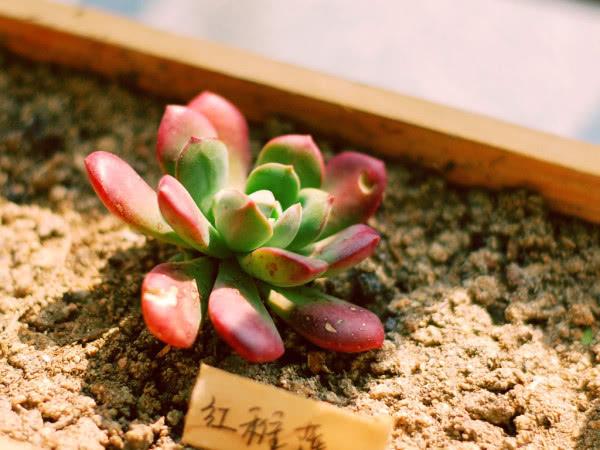
- Prev
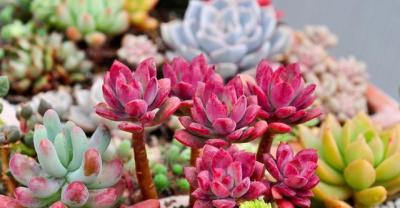
Bring passion and burning, the culture method of fire sacrifice of succulent plants
In succulent plants, fire sacrifice is also a very unique variety, mainly reflected in its bright red leaves, like a burning flame, bringing a kind of.
- Next
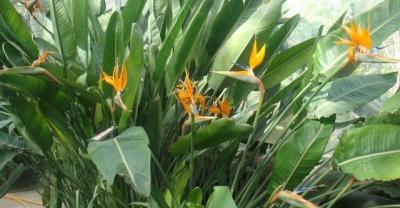
Culture methods and matters needing attention of Hezhou peony-gladiolus (sword orchid)
Hezhou Peony-Gladiolus (sword orchid) culture methods and points for attention Gladiolus is what we often call sword orchid, its dwarf species can be appreciated as a potted plant. ...
Related
- On the eggshell is a badge full of pride. British Poultry Egg Market and Consumer observation
- British study: 72% of Britons are willing to buy native eggs raised by insects
- Guidelines for friendly egg production revised the increase of space in chicken sheds can not be forced to change feathers and lay eggs.
- Risk of delay in customs clearance Australia suspends lobster exports to China
- Pig semen-the Vector of virus Transmission (4)
- Pig semen-the Vector of virus Transmission (3)
- Five common causes of difficult control of classical swine fever in clinic and their countermeasures
- Foot-and-mouth disease is the most effective way to prevent it!
- PED is the number one killer of piglets and has to be guarded against in autumn and winter.
- What is "yellow fat pig"? Have you ever heard the pig collector talk about "yellow fat pig"?

